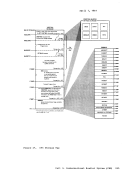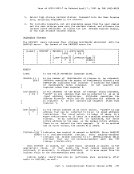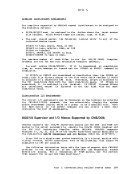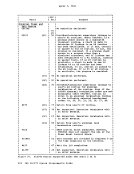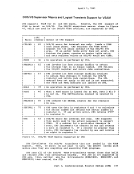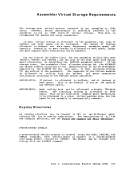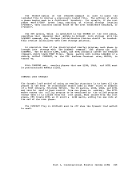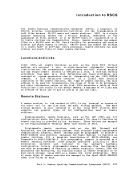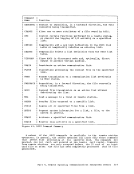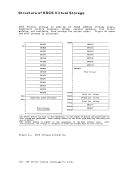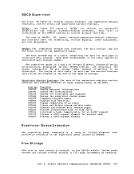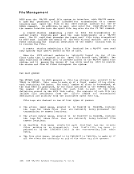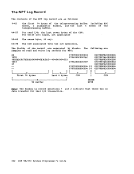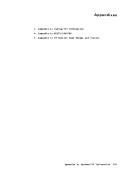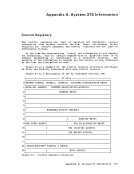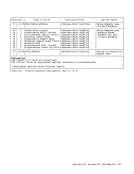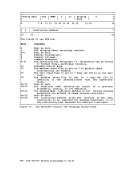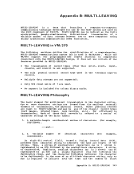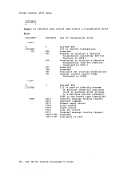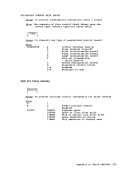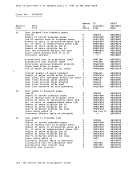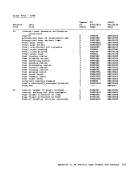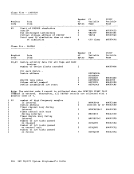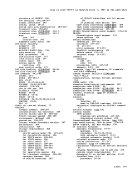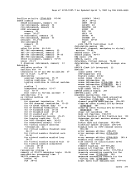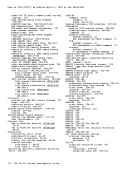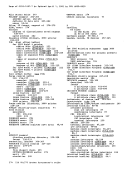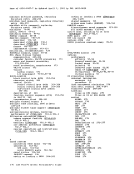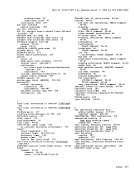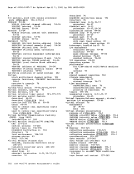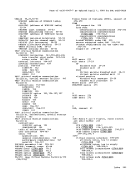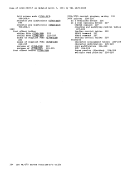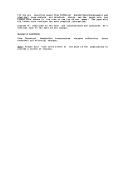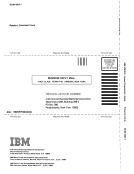Command OPTION 1-----1 I PSERV 1 1 I I 1 1 1 I I -----1 Operand QUERY I UPSI i 1 OPTION DOSLNCNT i DOS 1 I I DOSLIB I I 1 I LIBRARY I 1 ------1 L- RSERV I I I I SET SSERV } t[ (VSAM]} {OFF } DOSLNCNT nn UPSI April 1, 1981
Comments
Executable only in theCMS/DOS environment.
sets compiler optionsfor DOS/VS CMS/DOS environment.
Copies and displays procedures in theDOS/VS procedure libraries and/or spools
the procedures to theCMS virtual printer
and/or punch.
Executable only in theeMS/DOS environment.
Displays current setting ofCMS/DOS UPSI byte.
Executable only in theCMS/DOS environment.
DisplaysCMS/DOS compiler options.
Displays the current number ofSYSLST lines per page.
Displays the current status (active or not
active) ofCMS/DOS. Displays the names of all CMS/DOS phase
libraries currently being searched for
executable phases.
Displays the names of allCMS/DOS phase
libraries to be searched, in addition to
the text and macro libraries.
Executable only in theCMS/DOS environment.
Copies and/or displays modules in aDOS/VS relocatable library. Output can also be
directed to the virtual printer orCMS/DOS environment active or not
active.Specifies the number of SYSLST lines
per page.
Executable only in theCMS/DOS environment. Sets the CMS/DOS UPSI byte.
Executable only in theCMS/DOS environment.
Copies or displays books from theDOS/VS source statement library. Output can also
be directed to the virtual printer or
punch.
Figure 32. summary of Changes toeMS Commands to Support eMS/DOS (Part 2 of 2) Part 3. Conversational Monitor System (CMS) 287
Comments
Executable only in the
sets compiler options
Copies and displays procedures in the
the procedures to the
and/or punch.
Executable only in the
Displays current setting of
Executable only in the
Displays
Displays the current number of
Displays the current status (active or not
active) of
libraries currently being searched for
executable phases.
Displays the names of all
libraries to be searched, in addition to
the text and macro libraries.
Executable only in the
Copies and/or displays modules in a
directed to the virtual printer or
active.
per page.
Executable only in the
Executable only in the
Copies or displays books from the
be directed to the virtual printer or
punch.
Figure 32. summary of Changes to

























































































































































































































































































